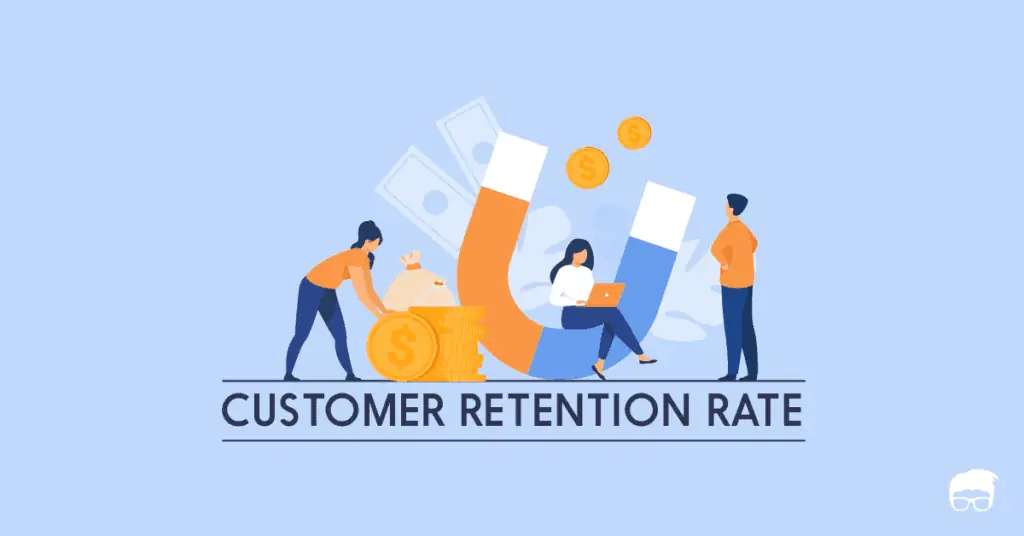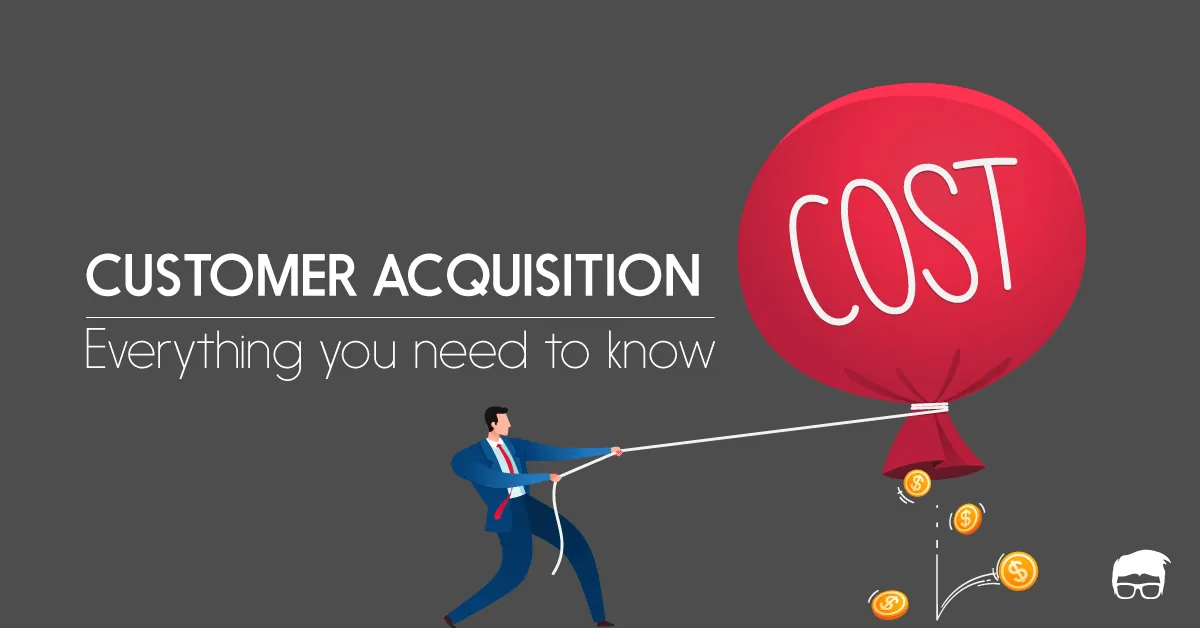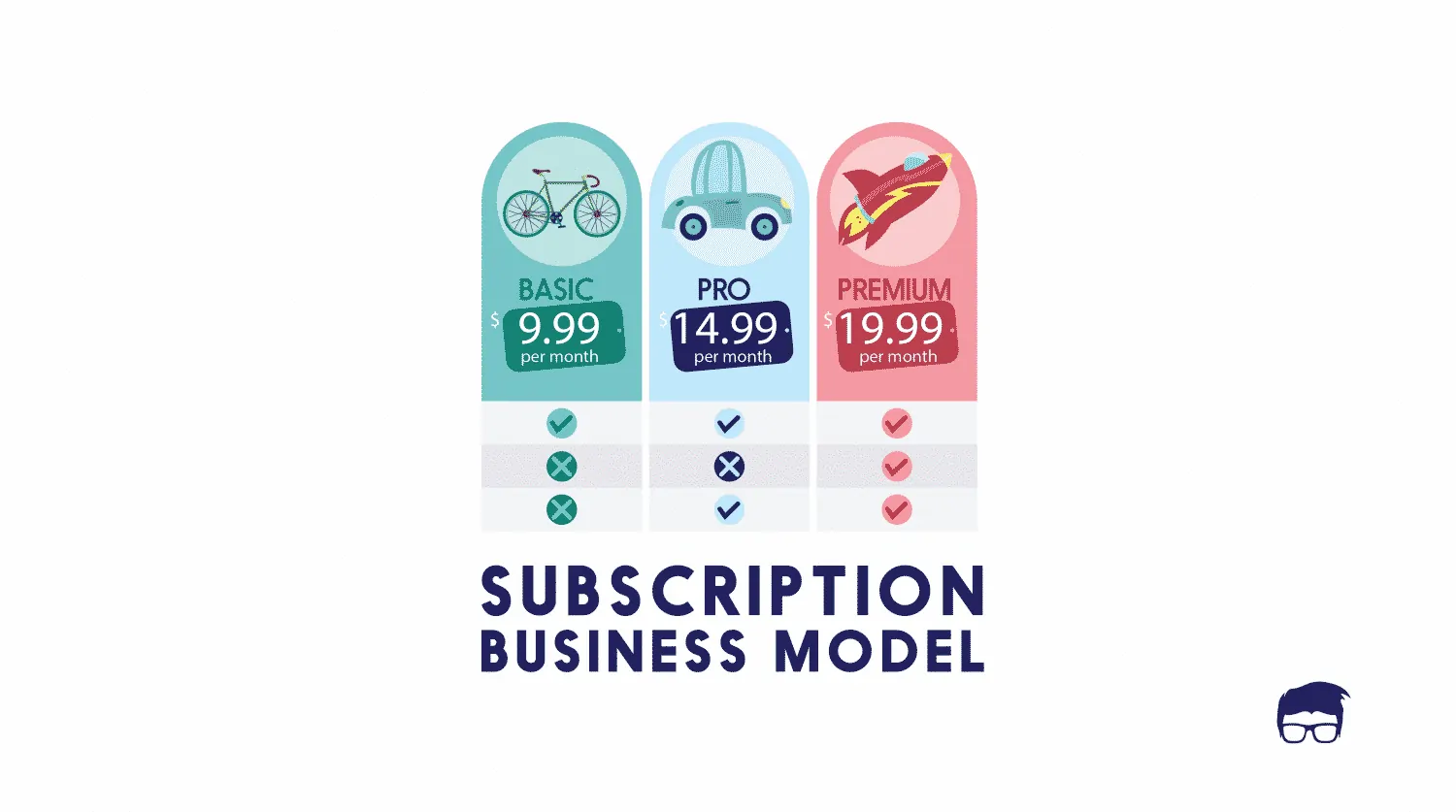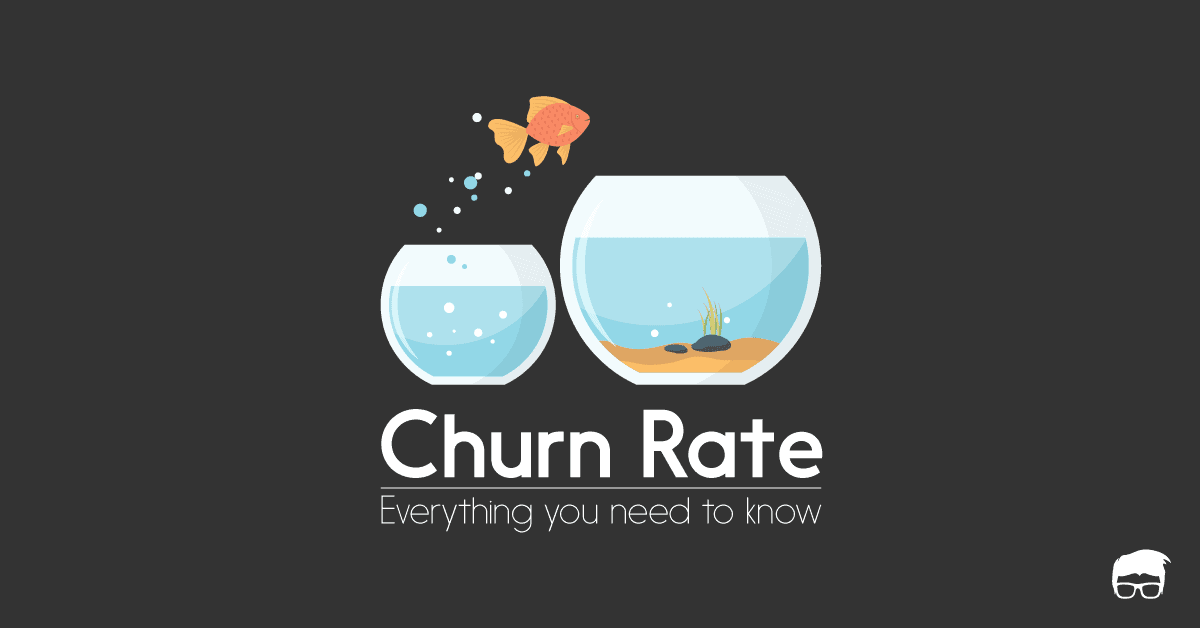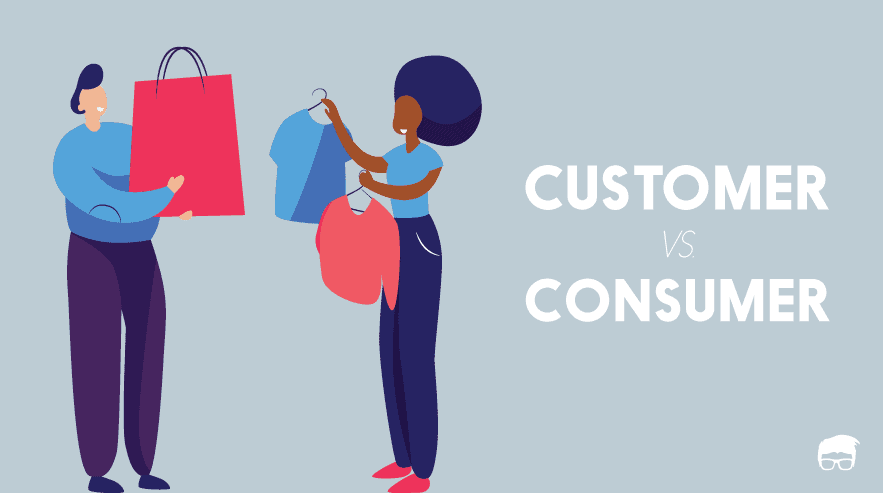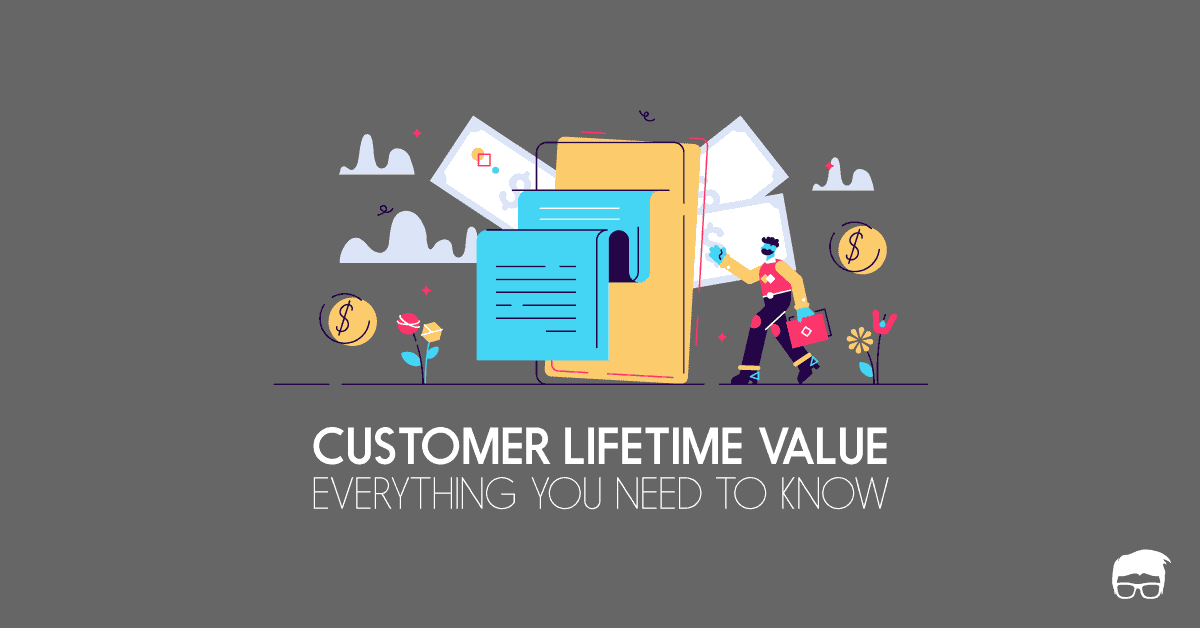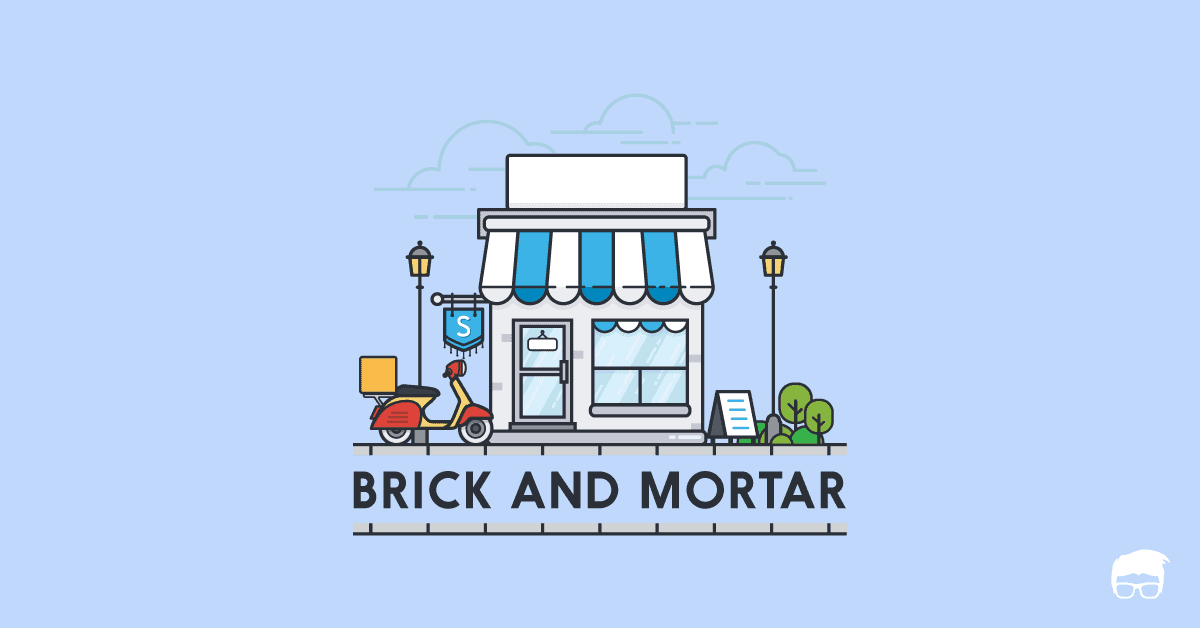The economics of modern businesses like telecom, insurance, SAAS and other subscription-based businesses differs considerably from businesses operating on traditional business models. These businesses only work well when customers stay with them for an extended period paying recurring costs.
In simple terms, customer retention is the key to modern business survival.
Why, you ask?
Well, today’s businesses witness a high customer acquisition cost compared to what recovers in a single sale. This cost is only recovered if the customer stays with the business for long.
In fact, it costs five times more to acquire a new customer than it does to retain an old one.
What Is Customer Retention Rate (CRR)?
Customer retention rate is the percentage of customers that the business retains over a period of time.
In simple terms, retention rate represents the percentage of loyal customers of the business. These loyal customers are satisfied customers who continue to do business with the company more than once.
The retention rate is expressed as a percentage of the company’s existing customers who continue doing business with the company. These include –
- Customers who renew their subscriptions within a specific time period, and
- Customers who repeat their purchases within a specific time period.
The purpose of customer retention rate metric is to monitor the business’s performance and its ability to attract and retain customers.
Importance of Calculating Retention Rate
Retention rate is the reverse side of the churn rate – the metric that calculates how many customers leave your business in a month. Both these metrics are important as they help to calculate the lifetime value (LTV) of your customers which, in turn, enables you to determine how viable your business is.
In simple terms, calculating customer retention rate is important to:
- Predict revenue: According to Adobe’s Digital Index Report, in the US, 40% of revenue comes from returning or repeat purchasers. This means that the businesses need to acquire five new customers to equal one repeat purchaser. Hence, higher the retention rate, the more is the customer’s lifetime value which implies more revenue for your business.
- Analyse customer service: By tracking the percentage of customers who retain within a time period, you can get a clear picture of how well your business’s customer service department is performing and how successful you are in fulfilling the promises made to the customers.
- Strategise loyalty and other programs: A good retention rate also means that you have a good relationship with the customers which you can capitalise on by:
- Upselling, cross-selling, and
- Releasing a referral program and reducing your customer acquisition cost..
How to Calculate Retention Rate: Customer Retention Rate Formula
Customer retention rate calculation is simple. All you need to do is use this straightforward formula:
Retention rate = (Number of customers who continue business / Total number of customers at the beginning of the period) * 100
This customer retention rate formula considers three variables:
- Time period: This is the period of time for which the retention rate is calculated. It could be days, weeks, months, or years.
- Customers who continue business: These are the retained customers who continue doing business with your company.
- Customers at the beginning of the period: These are the total number of customers who existed at the beginning of the period.
Retention Rate vs Churn Rate
Churn rate and retention rate are the two sides of the same coin. While churn rate calculates the number of customers who stopped doing business with the company, retention rate calculates the number of customers who retained.
These two metrics are inversely correlated. A company with a low churn rate would, by default, have a high retention rate.
Retention Rate Example
Let’s assume a company XYZ has 2000 customers on 1st January 2020. During the year, 200 out of these 2000 customers left the company.
The retention rate of XYZ would be: (1800/2000) * 100 = 90%
The churn rate of this company would be: 10%
What Affects Retention Rate?
Customers will stay with your company till the time they find a reason to. While this reason varies from industry to industry, it is often derived from:
- Customer Satisfaction: It is a comparison between customer expectation and customer experience. If the experience is higher than the expectation, customers are more inclined to remain with the business.
- Customer Success: It is when the customers realise their goals with the help of offering. In such cases, they are more likely to remain with the business and use its offering again.
- Customer Reliance: The more the customers are dependent on the offering for their tasks, the more are the chances of them remaining with the business.
- Barriers To Leave: If the customers are bound by an agreement, or might have something to lose, they might find it difficult to leave and might decide to retain with the business.
What’s a Good Retention Rate?
While every business aims for a 100% retention rate, it is usually not possible to be this perfect.
So, what exactly could be considered a benchmark retention rate?
Well, it varies for every industry. Here are some examples of good annual retention rates of different industries as calculated by Profitwell:
- Retail: 63%
- Banking: 75%
- Telecom: 78%
- IT Services: 81%
- Insurance: 83%
- Professional Service: 84%
- Media: 84%
For SAAS, however, the average monthly retention rate is 93-95%, and a retention rate of 95-97% is considered to be good.
For a subscription box service, the average monthly retention rate is 80-90%, and a retention rate above 90% is considered to be good.
Go On, Tell Us What You Think!
Did we miss something? Come on! Tell us what you think about our article on How to calculate customer retention rate in the comments section.
A startup consultant, digital marketer, traveller, and philomath. Aashish has worked with over 20 startups and successfully helped them ideate, raise money, and succeed. When not working, he can be found hiking, camping, and stargazing.
